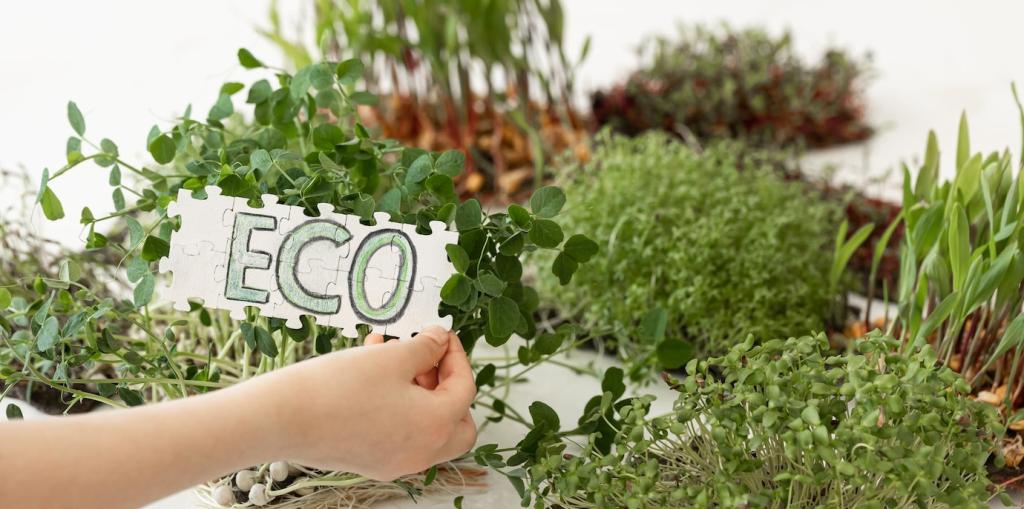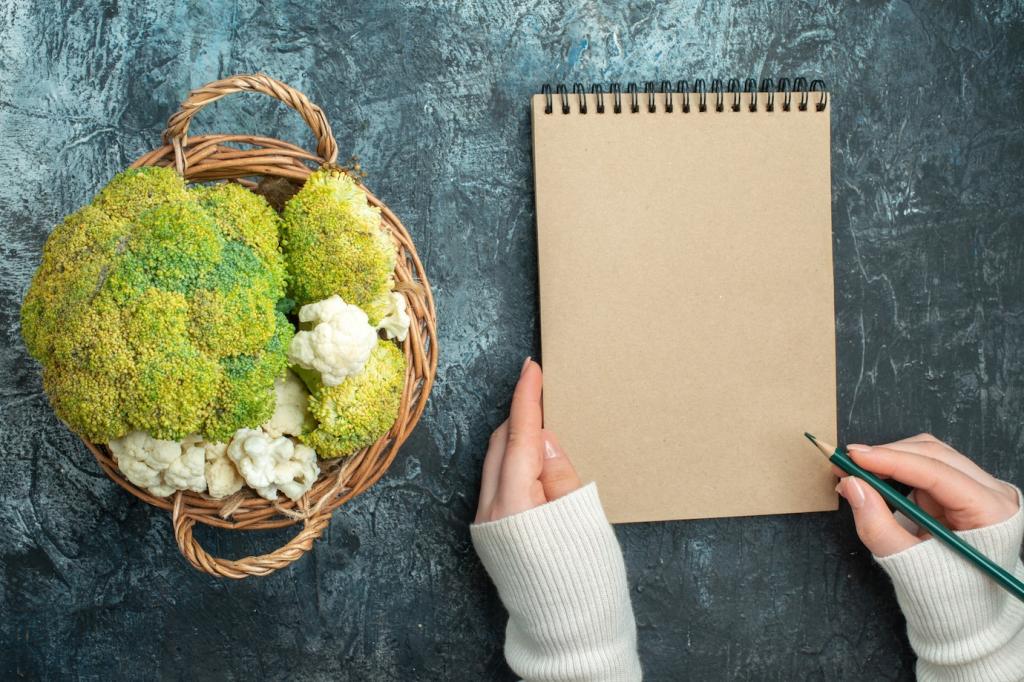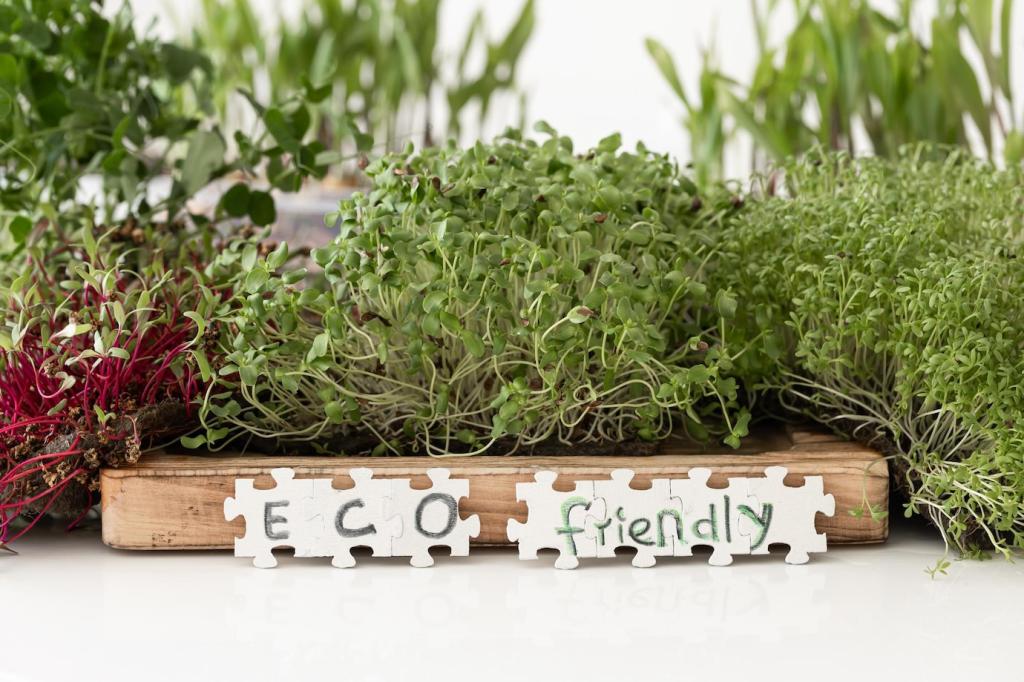Start with Living Soil
Build compost like a tasty recipe: roughly a 25–30:1 carbon-to-nitrogen ratio, layered with browns and greens, kept moist like a wrung-out sponge, and turned for oxygen. Share your favorite household compostables and what finally eliminated unpleasant smells.
Start with Living Soil
Avoid over-tilling, add finished compost, and mulch to protect fungal threads that ferry nutrients between roots. These invisible partners power resilience. Tell us how your soil changed after a season of gentle mulching and fewer disruptive digs.











